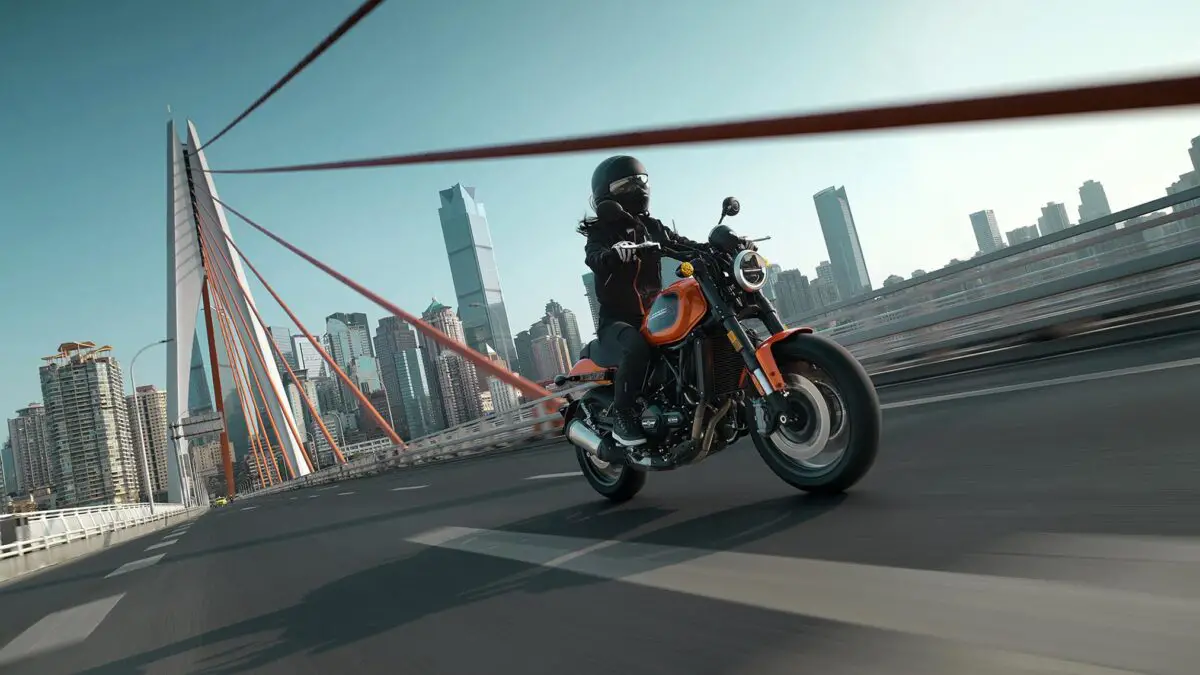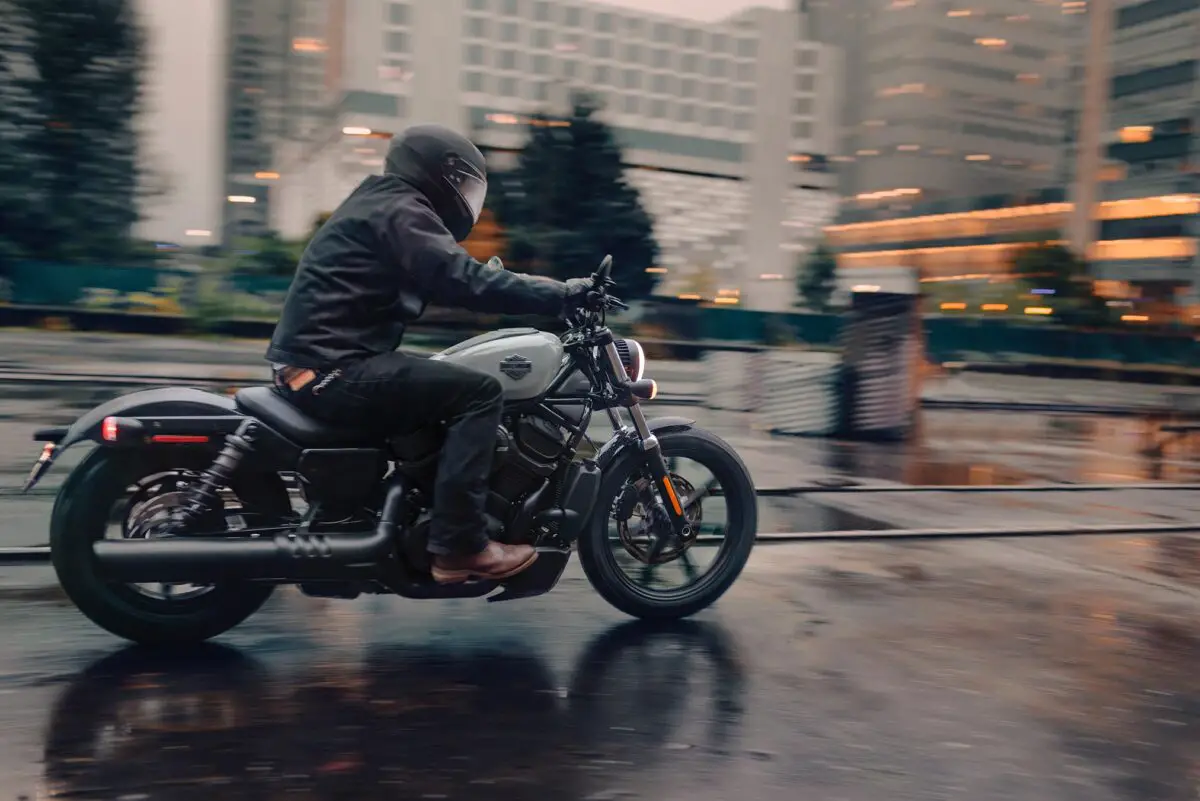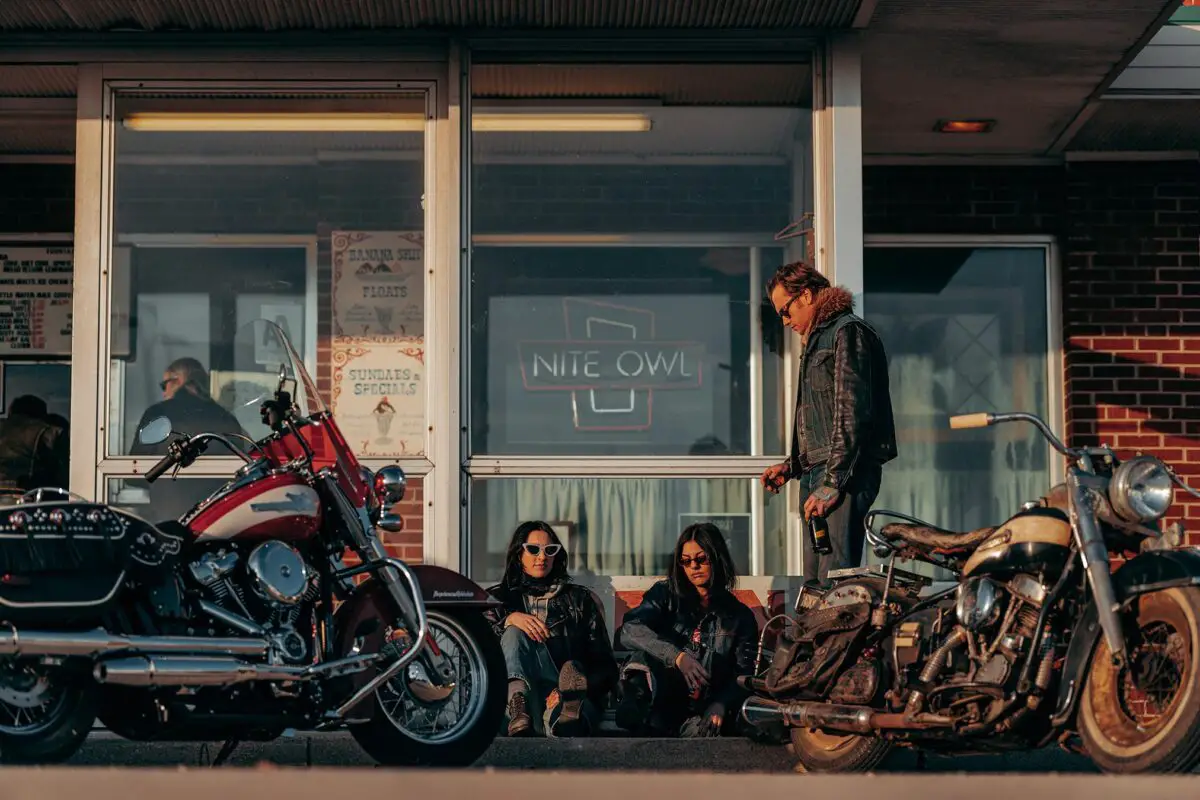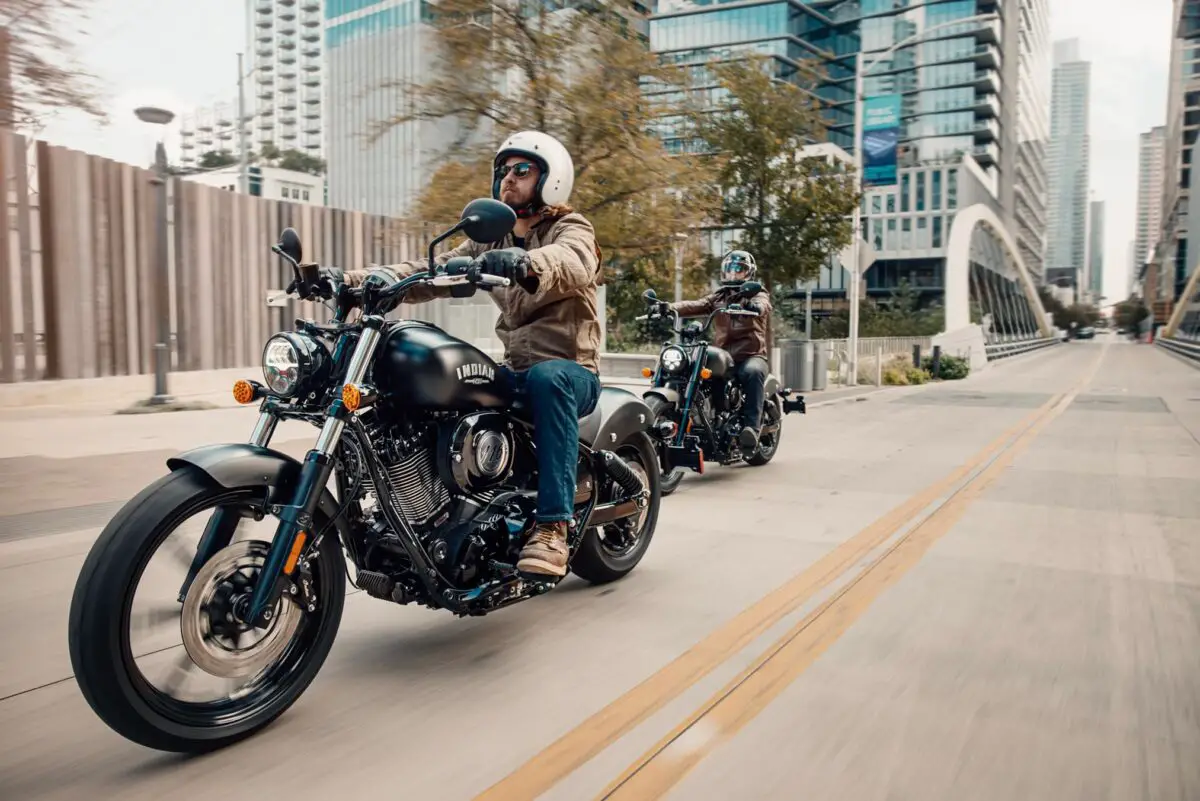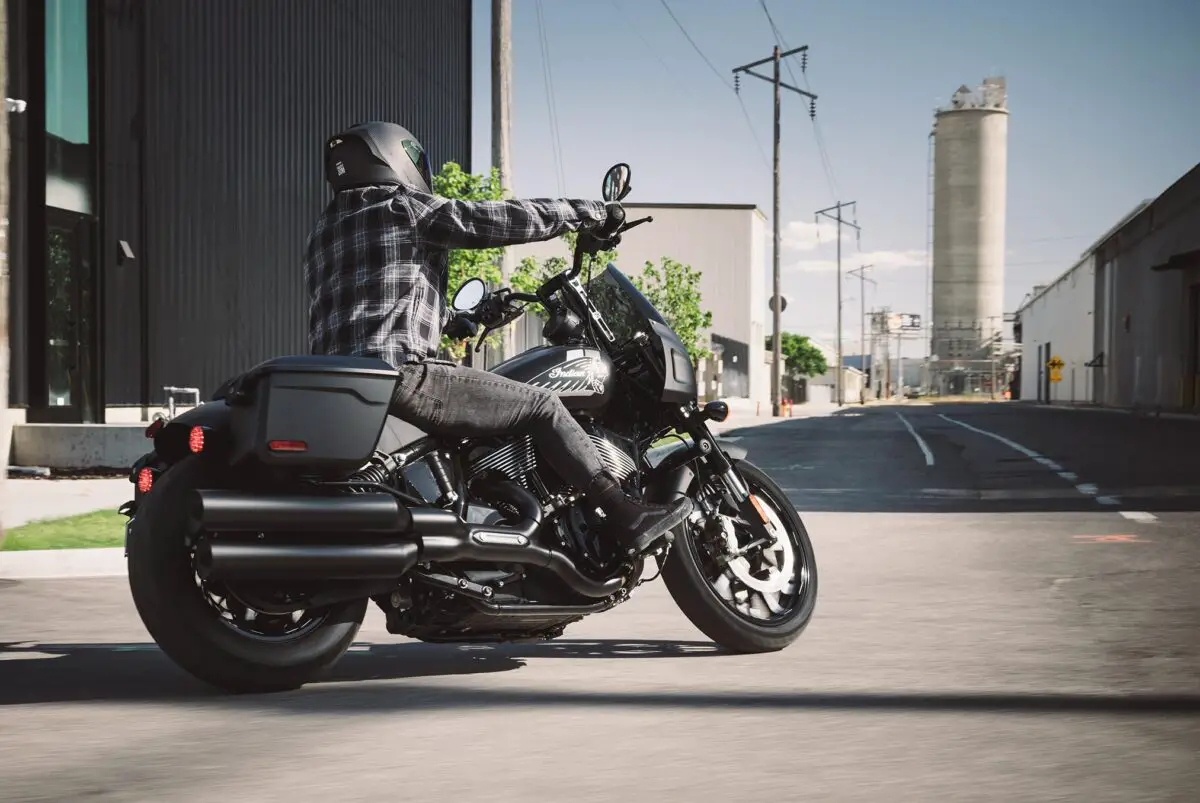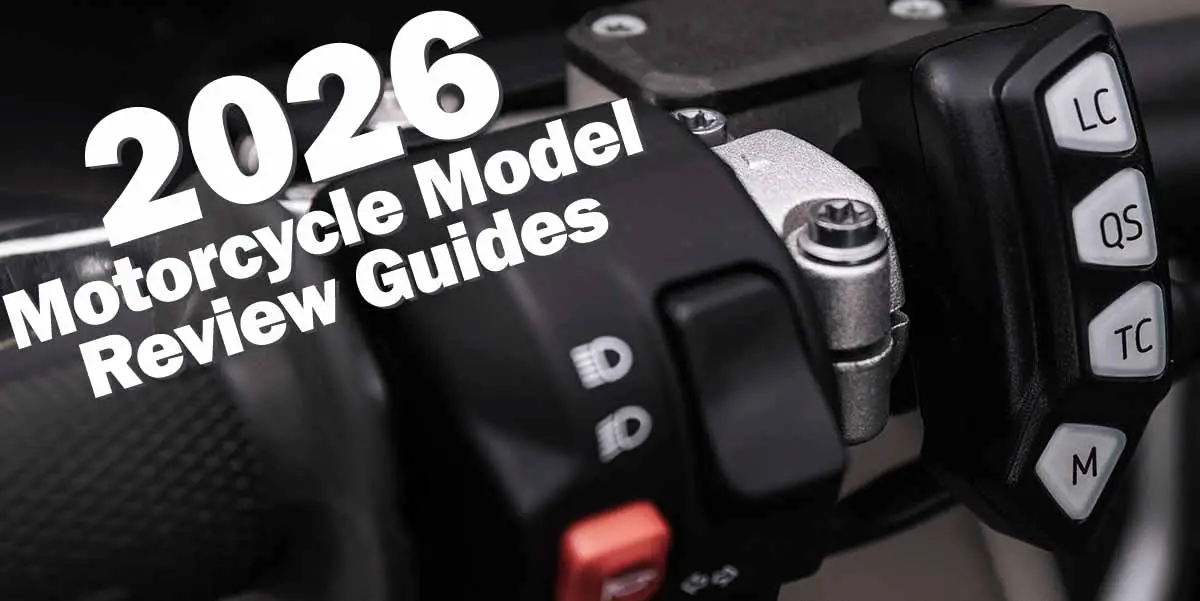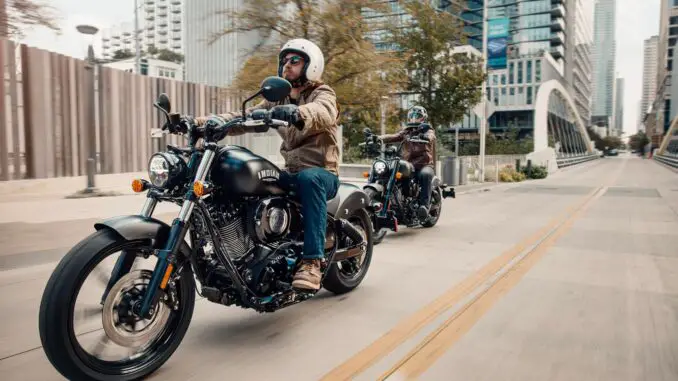
Motorcycle Situational Awareness
Every road user sees the world differently. Mastering situational awareness means anticipating their moves – and staying one step ahead.
Cars
The Challenge: Cars dominate traffic volume. Drivers often misjudge bike speed and distance, or simply don’t notice motorcycles at all.
🚫 Myth‑busting: “If I see the bike, I have time.”
Reality: Drivers underestimate motorcycle approach speed, especially head‑on.
✅ Rider Strategies
- Assume invisibility – ride as if drivers don’t see you
- Use lane positioning to stay out of blind spots
- Make yourself conspicuous with lights and gear
🛠️ Practice Drill
On a multi‑lane road, practice adjusting your lane position so you’re always visible in a car’s mirrors. Note how small shifts change visibility.
| Driver Behavior | Risk to Rider | Best Response |
|---|---|---|
| Left turns | High collision risk | Cover brakes, slow slightly |
| Lane changes | Blind spot danger | Pass decisively, avoid lingering |
| Tailgating | Rear‑end risk | Increase following distance ahead |
SUVs
The Challenge: SUVs sit higher, block sightlines, and create larger blind spots than cars.
🚫 Myth‑busting: “If I can see the SUV, the driver can see me.”
Reality: Their blind spots are bigger, especially rear quarters.
✅ Rider Strategies
- Don’t follow directly behind – stagger for visibility
- Anticipate blocked views at intersections
- Pass quickly – don’t linger beside them
🛠️ Practice Drill
Ride behind an SUV and shift between left and right tire tracks. Notice how your sightline changes – and how theirs might too.
| SUV Factor | Risk | Adjustment |
|---|---|---|
| High stance | Blocks view ahead | Increase following distance |
| Wide body | Large blind spots | Stay visible in mirrors |
| Rear glass tint | Harder to see driver | Don’t assume eye contact |
Transport Trucks
The Challenge: Trucks have massive blind spots, wide turns, and create turbulence that can destabilize a motorcycle.
🚫 Myth‑busting: “If I can see the truck driver’s mirrors, they can see me.”
Reality: Even if you see the mirror, the driver may not notice you in time – blind spots are huge.
✅ Rider Strategies
- Never linger beside a truck – pass quickly and safely
- Stay well back when following to avoid debris and turbulence
- Anticipate wide turns – give trucks extra space at intersections
🛠️ Practice Drill
On a highway, practice passing large vehicles decisively. Note how turbulence feels and adjust grip and lane position accordingly.
| Truck Factor | Risk | Adjustment |
|---|---|---|
| Blind spots | Very high | Avoid riding alongside |
| Wide turns | High | Give extra space |
| Turbulence | Medium | Grip tank, stay steady |
Other Motorcycles
The Challenge: Group riding, staggered formations, and unpredictable solo riders can create unique risks.
🚫 Myth‑busting: “All riders know the same group riding rules.”
Reality: Experience levels vary – never assume others will ride predictably.
✅ Rider Strategies
- In groups, use staggered formation with 2‑second spacing
- Communicate with signals before lane changes
- Give solo riders extra space – they may swerve unexpectedly
🛠️ Practice Drill
Ride with a partner and practice staggered formation, switching positions smoothly while maintaining spacing.
| Situation | Risk | Adjustment |
|---|---|---|
| Group ride | Close spacing | Stagger, 2‑second gap |
| Solo rider | Unpredictable | Give extra room |
| Lane change | Miscommunication | Use signals, eye contact |
Bicycles
The Challenge: Cyclists are slower, less visible, and may swerve to avoid road hazards.
🚫 Myth‑busting: “Bicycles must always stay far right.”
Reality: Cyclists may legally take the lane to avoid hazards or when unsafe to pass.
✅ Rider Strategies
- Pass with at least 1.5 m (5 ft) clearance
- Expect sudden swerves around potholes or debris
- Slow down in shared lanes – don’t pressure cyclists
🛠️ Practice Drill
On a quiet road, practice passing wide and smoothly. Train yourself to give bicycles the same respect as cars.
| Cyclist Behavior | Risk | Adjustment |
|---|---|---|
| Swerving | Medium | Give wide berth |
| Taking lane | Medium | Wait, pass safely |
| Night riding | High | Watch for low lights |
Pedestrians
The Challenge: Pedestrians are unpredictable, distracted by phones, and may step into traffic suddenly.
🚫 Myth‑busting: “Pedestrians always look before crossing.”
Reality: Many step out distracted – assume they don’t see you.
✅ Rider Strategies
- Slow near crosswalks and school zones
- Cover brakes in urban areas
- Expect sudden movement from children or pets
🛠️ Practice Drill
In a parking lot, practice emergency stops from 20–30 km/h. Imagine a pedestrian stepping out unexpectedly.
| Situation | Risk | Adjustment |
|---|---|---|
| Crosswalk | High | Slow, cover brakes |
| School zone | Very high | Ride at posted speed |
| Night crossing | High | Use high‑viz gear, scan edges |
Blind Spots
The Challenge: Every vehicle has blind spots – and motorcycles vanish in them more easily than cars. Trucks and SUVs make this worse.
🚫 Myth‑busting: “If I can see their mirrors, I’m safe.”
Reality: Drivers may not check mirrors, or may glance but not register a motorcycle.
✅ Rider Strategies
- Pass through blind spots quickly – don’t linger
- Position yourself in mirror zones whenever possible
- Use lane changes decisively, not gradually
🛠️ Practice Drill
On a multi‑lane road, ride briefly in different positions relative to a car. Note when you can see the driver’s face in their mirror – that’s when they can see you.
| Position | Visibility | Risk |
|---|---|---|
| Directly beside car | Invisible | High |
| Mirror zone | Visible | Low |
| Directly behind | Partially visible | Medium |
Intersections
The Challenge: Most motorcycle collisions happen at intersections, especially with left‑turning vehicles.
🚫 Myth‑busting: “If they looked, they saw me.”
Reality: Drivers often look but fail to register motorcycles – a phenomenon called “looked but failed to see.”
✅ Rider Strategies
- Cover brakes when approaching intersections
- Use lane positioning to increase visibility
- Expect left‑turners – slow slightly, prepare an escape route
🛠️ Practice Drill
In a safe lot, practice emergency stops from 30–40 km/h. Build muscle memory for quick braking if a car turns across your path.
| Hazard | Driver Error | Rider Response |
|---|---|---|
| Left‑turn car | Misjudges speed | Brake, swerve if needed |
| Rolling stop | Fails to yield | Cover brakes, adjust lane |
| Blocked view | Doesn’t see bike | Slow, prepare escape |
Lane Positioning
The Challenge: Where you ride in the lane changes your visibility, escape options, and traction.
🚫 Myth‑busting: “The center of the lane is safest.”
Reality: The center often has oil drips and poor traction. Left or right tracks are usually better.
✅ Rider Strategies
- Use left track for visibility when approaching intersections
- Use right track when avoiding oncoming traffic drift
- Avoid the center track in wet conditions
🛠️ Practice Drill
On a quiet road, ride in each lane track and note how your visibility and escape options change relative to traffic.
| Lane Track | Best Use | Risk |
|---|---|---|
| Left | Visibility at intersections | Close to oncoming traffic |
| Center | Neutral position | Oil, poor traction |
| Right | Away from oncoming traffic | Less visible to left‑turners |
Road Hazards
The Challenge: Gravel, potholes, oil, animals, and debris pose far greater risks to motorcycles than cars.
🚫 Myth‑busting: “If cars can handle it, so can I.”
Reality: Hazards that barely affect cars can cause a crash for motorcycles.
✅ Rider Strategies
- Scan 12 seconds ahead for hazards
- Adjust speed before entering gravel or potholes
- Stay relaxed – don’t overcorrect if you hit debris
🛠️ Practice Drill
In a safe lot, practice riding over small obstacles (like a 2×4). Keep steady throttle and light grip to simulate crossing debris.
| Hazard | Risk | Adjustment |
|---|---|---|
| Gravel | High | Slow, upright, steady throttle |
| Pothole | Medium | Rise slightly, absorb with knees |
| Oil spill | High | Avoid braking/leaning on it |
| Animal | High | Brake, swerve only if safe |
Ride Aware, Ride Prepared
Quick Reference: 10 Situational Awareness Scenarios
| Scenario | Key Risk | Best Adjustment |
|---|---|---|
| Cars | Misjudged speed, blind spots | Assume invisibility, stay mirror‑visible |
| SUVs | Large blind spots, blocked view | Stagger position, pass decisively |
| Trucks | Huge blind zones, turbulence | Avoid riding alongside, give wide berth |
| Other Motorcycles | Unpredictable spacing | Stagger formation, signal clearly |
| Bicycles | Sudden swerves, low visibility | Pass wide, slow in shared lanes |
| Pedestrians | Unpredictable crossings | Slow near crosswalks, cover brakes |
| Blind Spots | Disappearing from view | Pass quickly, ride in mirror zones |
| Intersections | Left‑turn collisions | Cover brakes, expect the unexpected |
| Lane Positioning | Poor visibility, traction issues | Use left/right tracks strategically |
| Road Hazards | Gravel, potholes, debris | Scan ahead, adjust speed, stay relaxed |
Tip: Revisit these scenarios in practice sessions. Awareness isn’t theory – it’s a skill you sharpen every ride.


